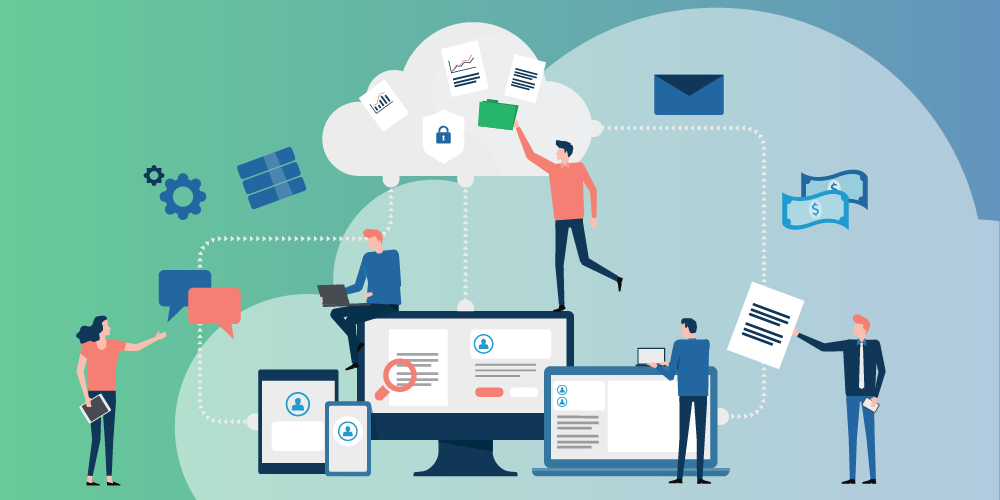Interactive Demonstration
Experience the entire SurePrep tax process from start to finish.

Taxpayers are essential collaborators in the 1040 preparation process. Tax professionals rely on clients’ timely delivery of documents, questionnaire responses, clarifying communications, e-signatures, document reviews, and invoice payments. Clients, in turn, expect their part in the process to be easy and convenient, want responsive service, and don’t want to juggle multiple channels. Taxpayer collaboration platforms satisfy the needs of both taxpayers and tax professionals by centralizing all collaborative activities in one digital space.
Taxpayer collaboration platforms replace the paper organizer and generic online portals, which were limited predecessors that no longer suffice in a modern environment.
Some of the features you might find in a 1040 taxpayer collaboration platform include:
Before the digital revolution, firms mailed paper organizers to their clients at the beginning of tax season. These intimidating stacks of paper induced frustration and overwhelm for taxpayers, who frequently procrastinated and returned organizers last minute or incomplete—if at all. Firms wasted money not only on paper, envelopes, and postage, but on the hours of administrative effort involved in processing the mail and scanning the paper documents. The paper organizer is not sustainable in the digital age, nor sustainable environmentally.
As the internet became more ubiquitous, some firms began to offer “online portals” for document submission. While portals were a notable improvement on the paper organizer back in the early aughts, technology shifts have since made them obsolete. Most online portals required taxpayers to use home equipment to print, sign, and scan documents manually. As society became increasingly paperless, ownership of home scanners and printers declined precipitously. In addition, online portals were generally limited to the exchange of documents and did not provide full-spectrum collaboration tools like messaging, e-signatures, or invoicing. Some online portals persist with slightly expanded functionality, but do not provide the modern experience of a taxpayer collaboration platform.
An efficient workflow is integral to reducing workload compression during tax season. We created a comparative timeline of the paper, portal, and SurePrep tax preparation processes for you to review. Each process starts out the same way, but that’s where many similarities end. You’ll see how gathering documents with TaxCaddy and preparing workpapers with 1040SCAN resolve the workload compression problems of the paper and portal processes.
Explore TimelineIf your firm is still using the paper organizer or an online portal, it’s time to evaluate the switch to a taxpayer collaboration platform. Here are some key elements to keep in mind:
